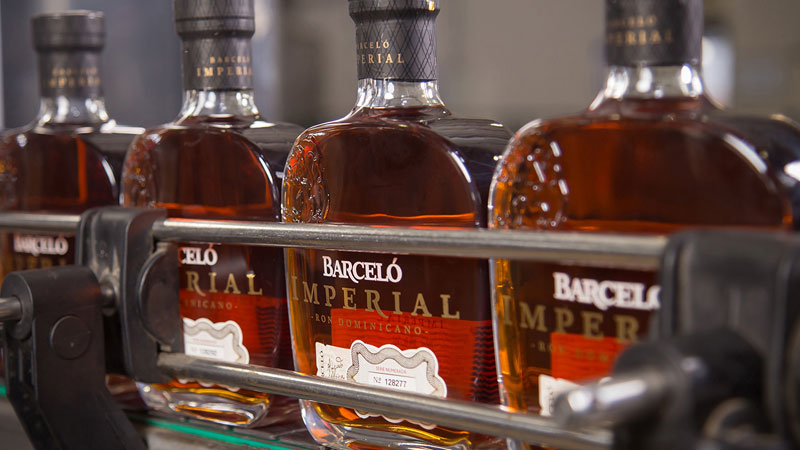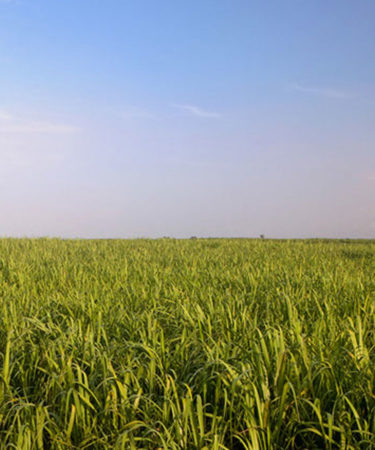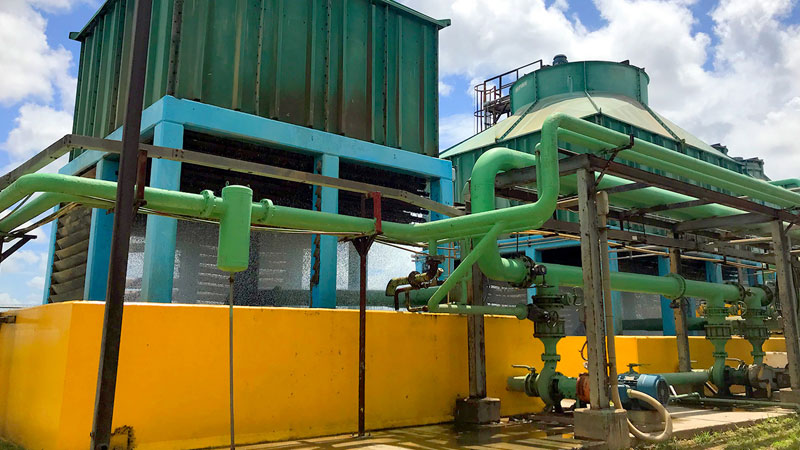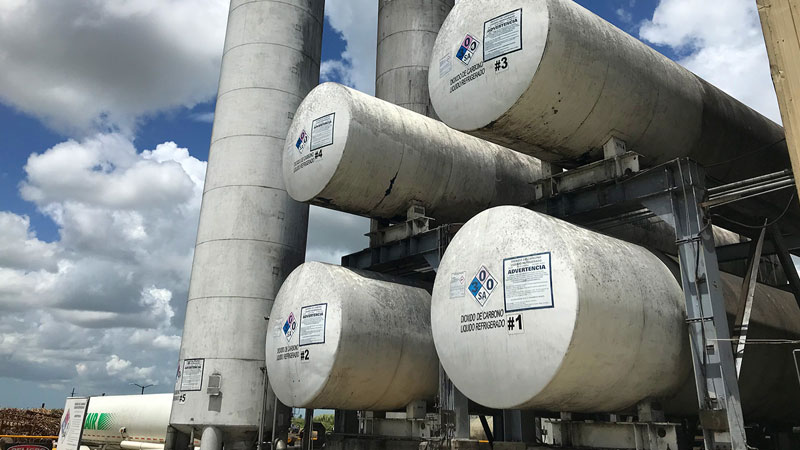Rum is ubiquitous in many booze lovin’, sugarcane growin’ regions of the world. From the Philippines to the West Indies, sugarcane juice and its byproducts are fermented and distilled into the 400-year-old spirit.
The world’s top-selling rum by volume is the Philippines’ Tanduay, but the spirit has immense cultural importance across the Caribbean. The Dominican Republic’s Ron Barceló holds the distinction of being the region’s first to go fully “green.”
This year, Ron Barceló achieved 100 percent carbon-neutral status in its rum-making process at its plant, Alcoholes Finos Dominicanos, in the countryside of San Pedro de Macorís. The distillery treats and reuses water, offsets its own carbon emissions onsite, and uses waste materials as biomass fuel. It’s an impressive feat for champions of the environment and rum lovers worldwide.
The process begins as sugarcane is harvested from the nearby fields and brought to the processing plant.
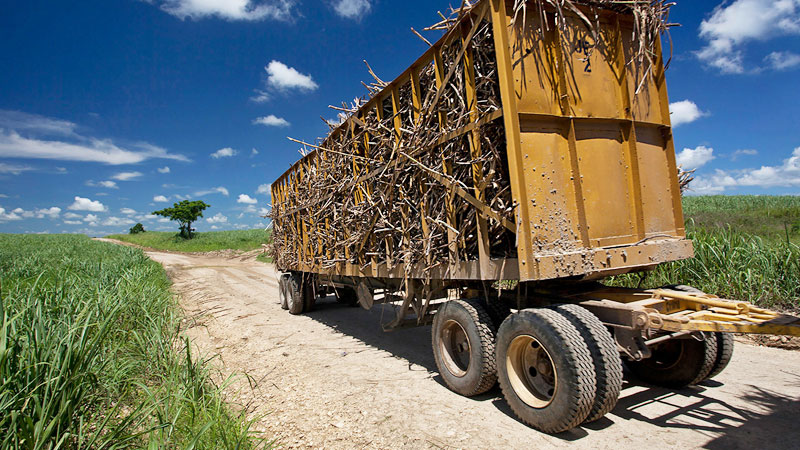
The sugarcanes are crushed by machines to extract their juices, leaving behind bagasse — the fibrous leftover pulp — which is then repurposed as a biomass fuel to power all the machinery.
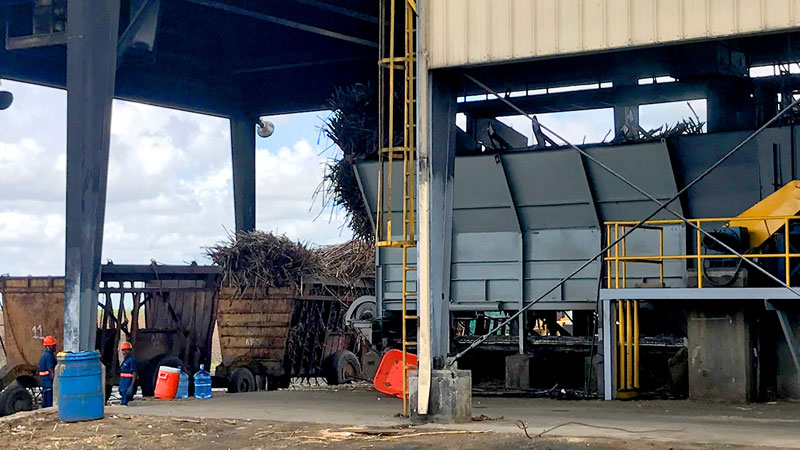
All water byproducts containing minerals are treated and purified.
The resulting clean water is used to water sugarcane crops.
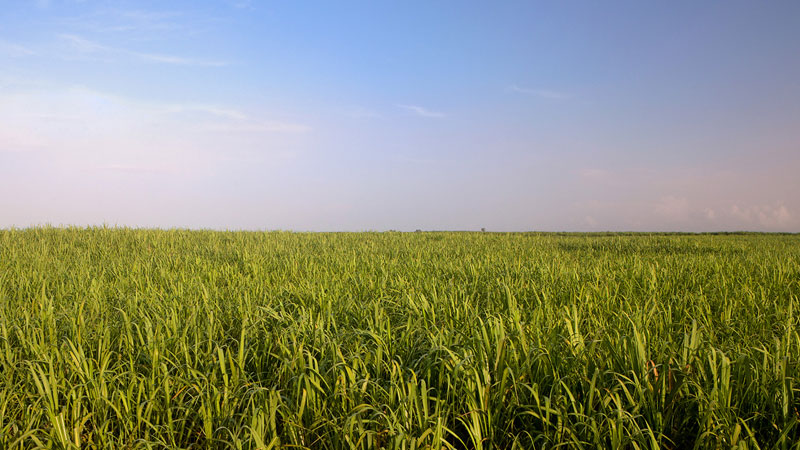
The distilled alcohol is stored in giant tanks.
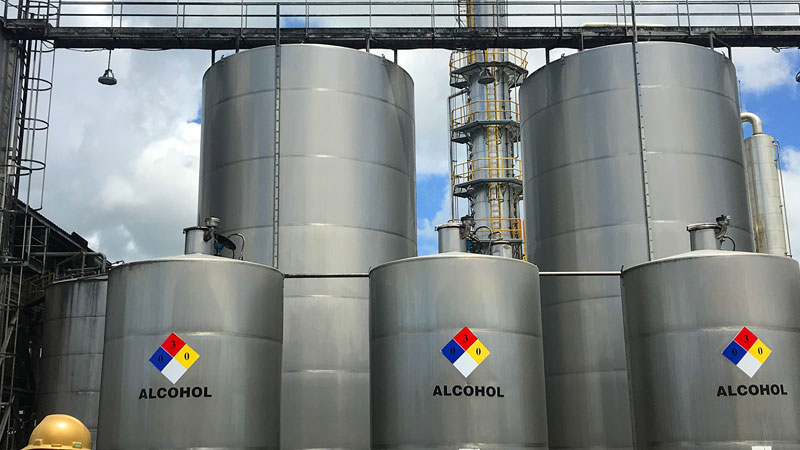
All carbon dioxide emissions are also stored in tanks, not released into the atmosphere. The CO2 doesn’t go to waste; it is sold to soft drink companies to carbonate sodas.
The “green” rum ages in oak barrels, giving the resulting spirit a brownish tint.
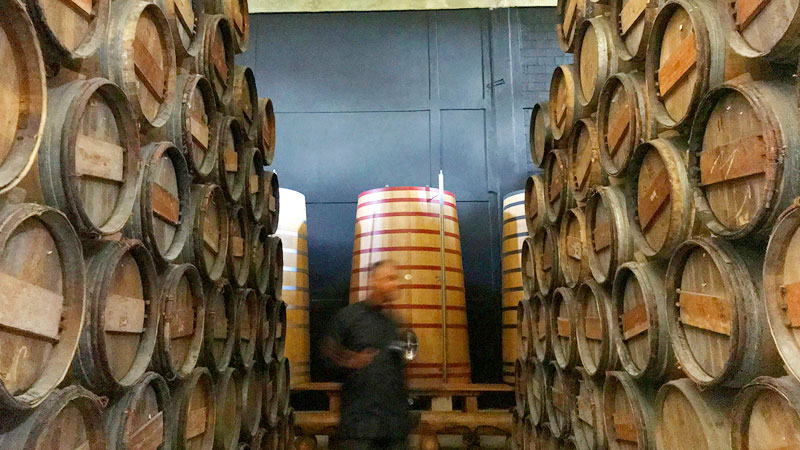
The eco-friendly Dominican rum is bottled for consumption, and distributed across the globe.
